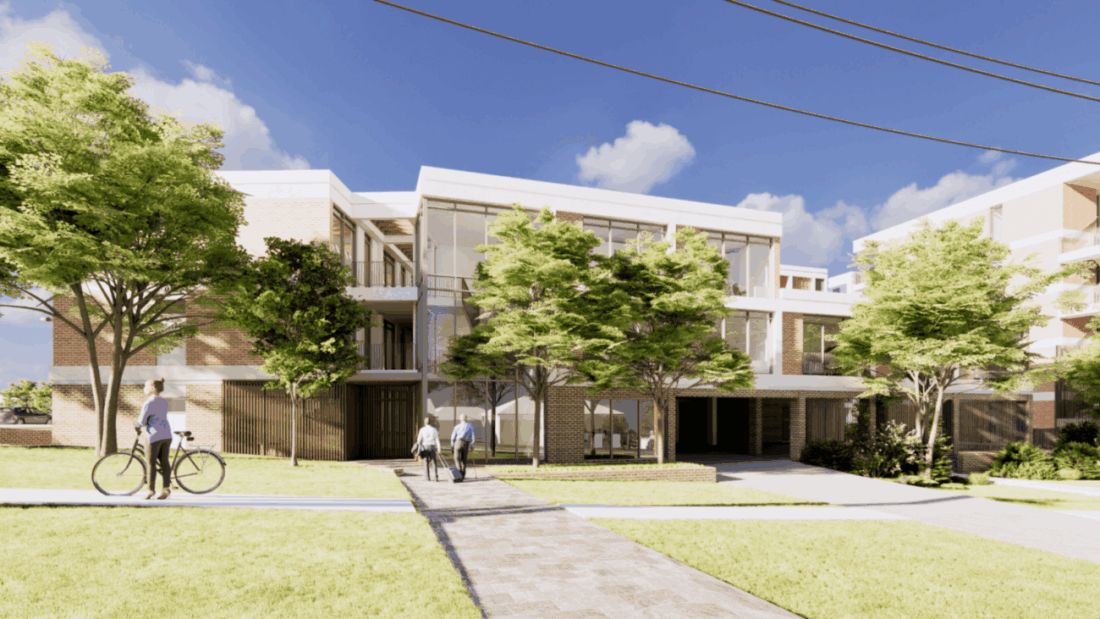How can Australia tackle housing affordability concerns amid ongoing property boom?
10 September 2021
The affordability crisis brewing in Australia’s housing sector has been a subject of debate for a long now. Property prices seem to be accelerating at an unmatched pace, leaving many without a roof over their head. Meanwhile, supply constraints are adding further heat to the picture, raising the need for a robust solution to the affordability crisis.
The Real Estate Institute of Australia’s (REIA) new Housing Affordability report substantiates the concerns surrounding rising real estate expenses staying beyond individuals’ horizons. The report demonstrated that the weighted average proportion of income required to meet loan repayments have increased from 27.2% to 35.7% since the beginning of the century.
However, the surprising fact remains the large numbers in which buyers have been flocking to the property market despite the current price surge. Though housing has increasingly become unaffordable, first-time homebuyers have remained resilient. This was evident from a rise in the number of first-time homebuyers by 67.7 percentage points over 19 years from September 2002 to June 2021.
Overall, the report resonated with the ongoing affordability concerns, suggesting a widening gap between the value of the mortgage loans taken and the average income per household. At a time when the surge in housing prices remains unmatched by wage growth, buyers appear to be aiming at increasingly out-of-budget properties.
Policy measures cushioning the fall
It has long been speculated that Australia’s housing market has been caught in a bubble, which might upturn markets when it pops. Any drop in property prices can have varying effects on the market participants, and this degree of variation could be largely influenced by monetary and fiscal support.
Recently, the Reserve Bank of Australia (RBA) hopped onto its first leg of quantitative tightening by announcing its decision to taper bond-buying in September. The central bank’s decision underlined its confidence in the potential revival of the Australian economy once virus fears abate. However, the re-imposition of lockdowns has once again left experts in two minds on the viability of the RBA’s bond tapering decision and its impact on the property market.
Trumping expectations, current lockdowns have done little to cool down the boiling housing market. Reports by Corelogic suggests that the national home value index has risen at its slowest pace in August since the beginning of this year at 1.5%. While it is unclear if this slowed pace resulted from the ongoing lockdowns, the above-average figure suggests that there is still a long way to go before prices are brought back to their right valuation.
In such precarious circumstances, gradual policy action might benefit the homebuyers by slowly weaning the economy off government stimulus. However, it is to be seen if the impact of ongoing lockdowns on the housing market would interfere with the retracting government stimulus.
Build-to-rent initiative
Keeping policy action aside, Australia’s property sector has shown an inherent lack of supply that has been easily overshot by excessive demand. At present, the housing sector seems to be in dire need of a policy makeover not just in terms of the demand side stimulus but also in terms of the supply setup.
One potentially sound alternative that can significantly solve the supply side constraints faced by first homebuyers is the build-to-rent initiative. The build-to-rent sector has been an upcoming asset class in Australia and can potentially open fresh doors of opportunities for investors and buyers. The model involves building units in a complex to give out for long term leases. This model could emerge as a perfect solution for first-time homebuyers who do not have adequate cash to spend all at once.
The build-to-rent setup can offer a wide array of advantages for almost all sections of the property market. Buyers, who are left with little or no choice than to rent out an apartment, can use rental payments earned through build-to-rent properties to effectively own a house in a few years’ time.
Such initiative could also be a great support for individuals who have had to shift back home during the pandemic and may need to search for a shelter again once offices open. Buying a house under current circumstances may not be an ideal solution for such individuals, given sky-high prices. Instead, they could embrace a build-to-rent arrangement to wade through market-driven uncertainties.
With the build-to-rent setup gaining popularity across different states, property investors could also hop on the trend to make significant gains. Investing in such properties could offer investors a safe and secure investing arena where they can lock in their money for the long term.
All in all, the housing market needs additional support on both the demand and supply sides. With continued efforts on both fronts, the property market might just come out of the present uncertain circumstances in a few months. However, employment levels, wage growth, vaccination rates and supply-side constraints could significantly impact the sector performance in the coming months.



